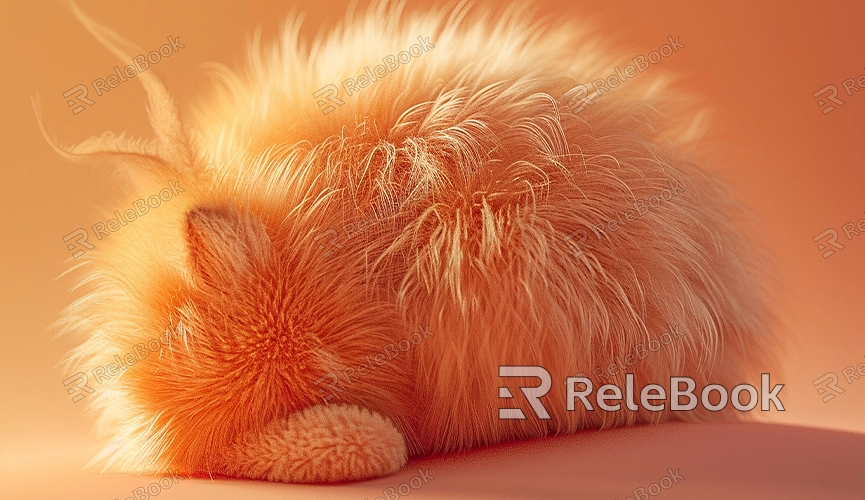Blender fur texture
The creation of hair textures in Blender is crucial for developing visual works such as animated films, game characters, and virtual reality, offering vivid visual effects and a rich tactile experience. If you wish to create fur textures in Blender, there are several methods to achieve this:

Node Editor Creation:
Utilize the Node Editor to simulate the appearance of fur by combining different nodes. You can use noise nodes, gradient nodes, color mix nodes, and the Hair BSDF node (specifically designed for fur materials) to mimic the texture of fur. By adjusting node parameters and blending different levels of noise or gradients, you can create fur-like effects.
Texture Image Application:
Search for or create images suitable as fur textures. These textures may include details of fur, color variations, and texture. Applying these textures to the surface of the model can simulate the appearance of fur.
Particle System Usage:
In Blender, you can use the particle system to simulate fur. By creating hair or fur particle systems on an object and adjusting parameters such as length, density, color, etc., you can generate a fur effect on the model's surface.
Rendering Engine and Materials:
Leverage Blender's rendering engine and materials to simulate the appearance of fur. This may involve setting appropriate transparency, reflection, scattering effects, and adjusting colors and highlights to replicate the realistic appearance of fur.
Here are examples of applying Blender hair textures in different scenarios, providing an in-depth understanding of the unique features of fur textures and their diverse applications in visual arts.
1. Fluffy Fur of a Little Dog
When designing a lifelike puppy model, fur textures can add delicate texture to its fluffy appearance. Each strand of fur is visible, creating a sensation of the soft touch of a little dog.
2. Soft Fluff of a Cat's Fur
Simulating a cat involves using fur textures to add soft fluff to the cat's surface. Observing the details of each fur strand, you can almost hear the cat's purring.
3. Feathers of a Deer in the Forest
Want to add a deer to a forest scene? Fur textures can help you add rich texture to the feathers of the deer, making it look more realistic.
4. Smooth Long Hair for a Female Character
When designing a female character, hair textures can add a smooth effect to her long hair. Each strand of hair seems to convey a tangible softness.
5. Thick Tail of a Fox
Designing a tail for a fox model, fur textures can make the tail appear thick and lush. The clear details of each strand make the fox's tail more dimensional.
6. Cute Fluff on Panda's Ears
When designing an adorable panda, fur textures can add a fluffy and cute effect to its ears. Each strand of fur seems to gently sway in the breeze.
7. Flowing Mane of a Unicorn
For a mystical unicorn model, fur textures can add a sense of mystery to its flowing mane. Each strand of mane is clearly visible, as if you can feel the unicorn's ethereal presence.
8. Short and Dense Fur of a Cheetah
Designing a running cheetah model, fur textures can add a sense of motion to its short and dense fur. Each strand of fur seems to leave traces of the cheetah's run in the air.
Whether it's animal fur, fashion elements, cozy home goods, or creatures in fantasy movies, fur textures can provide them with a unique appearance and feel, significantly enhancing the realism and appeal of visual works. If you need a plethora of high-quality 3D textures and HDRI, you can download them from Relebook and import the textures directly into your models after downloading.

